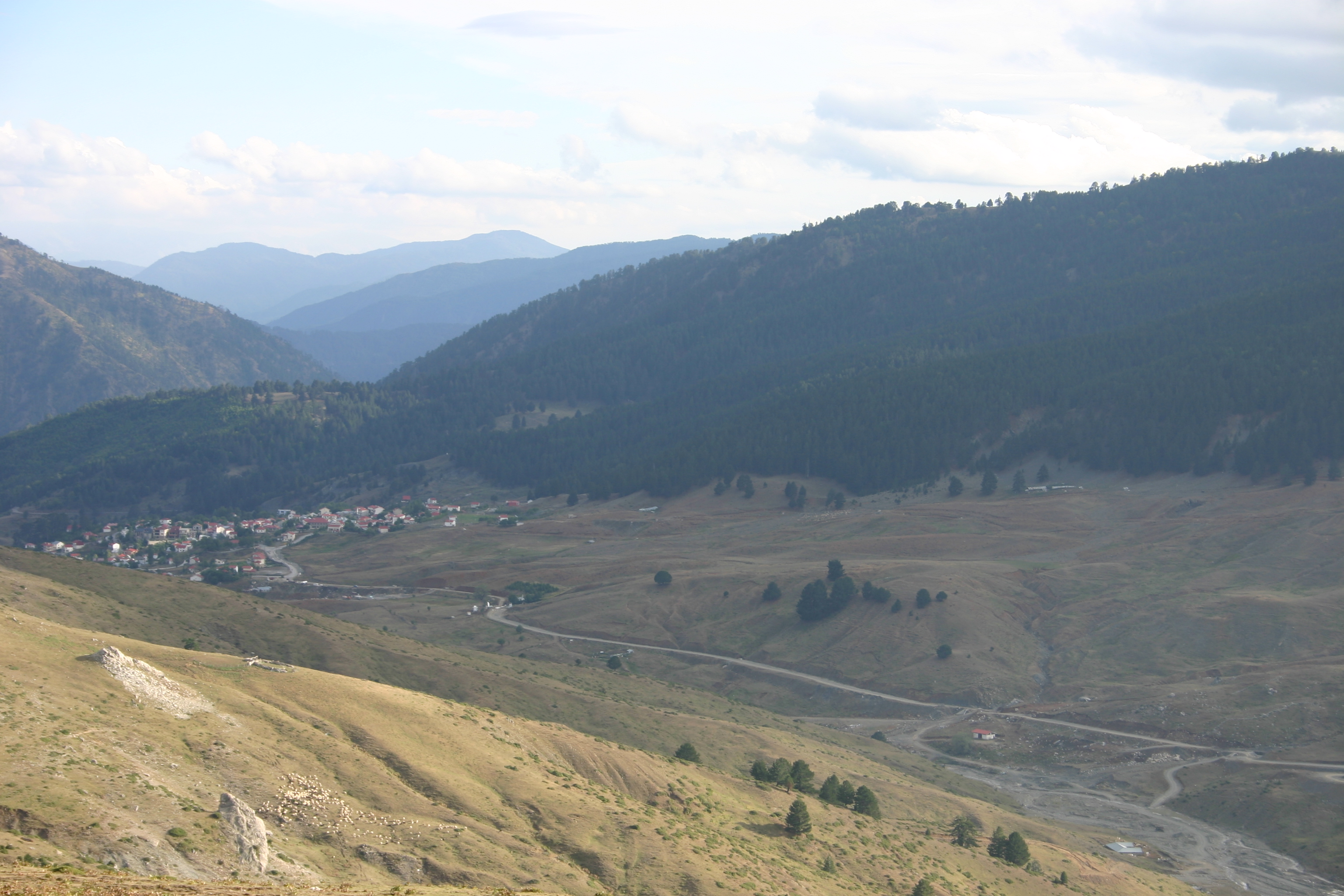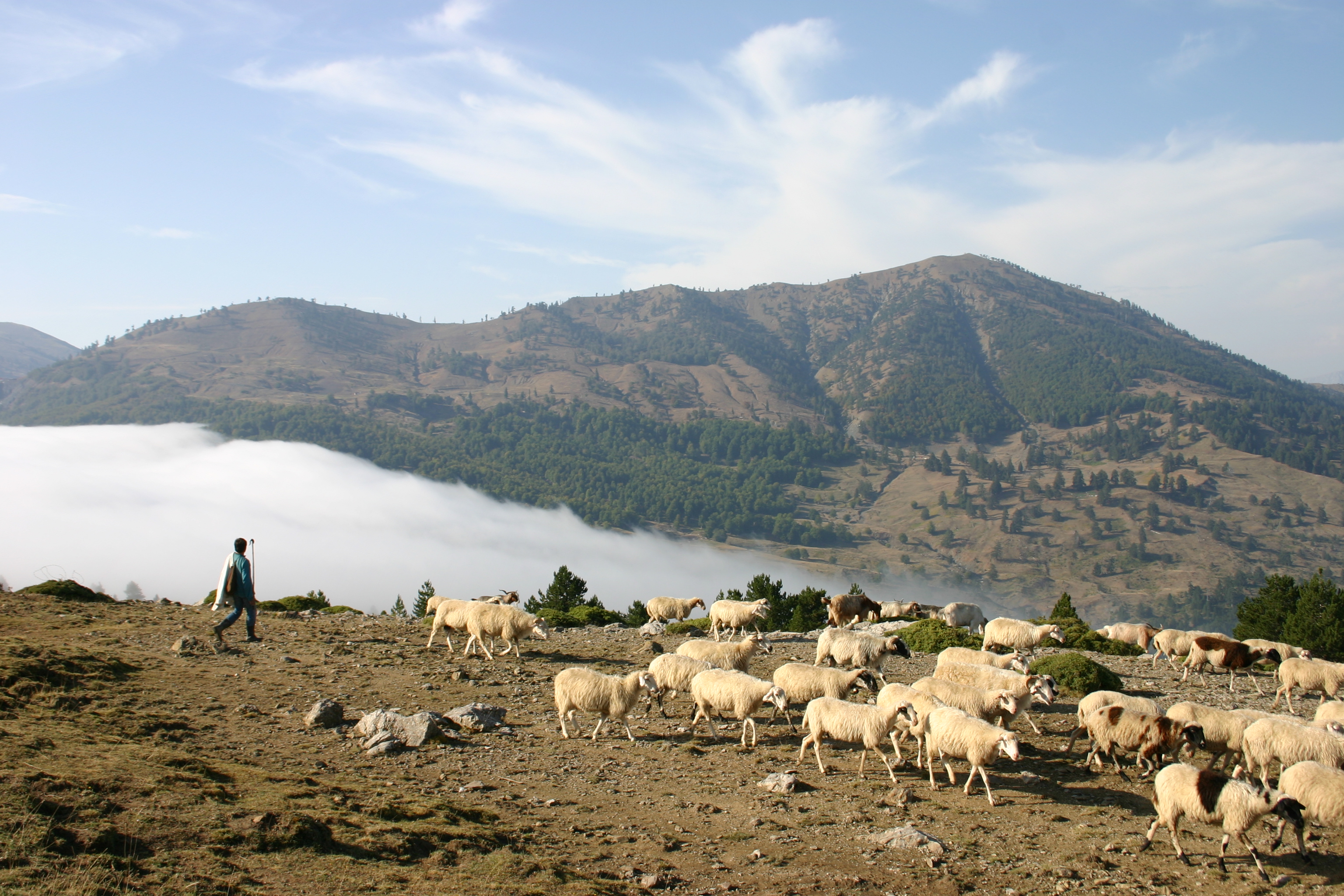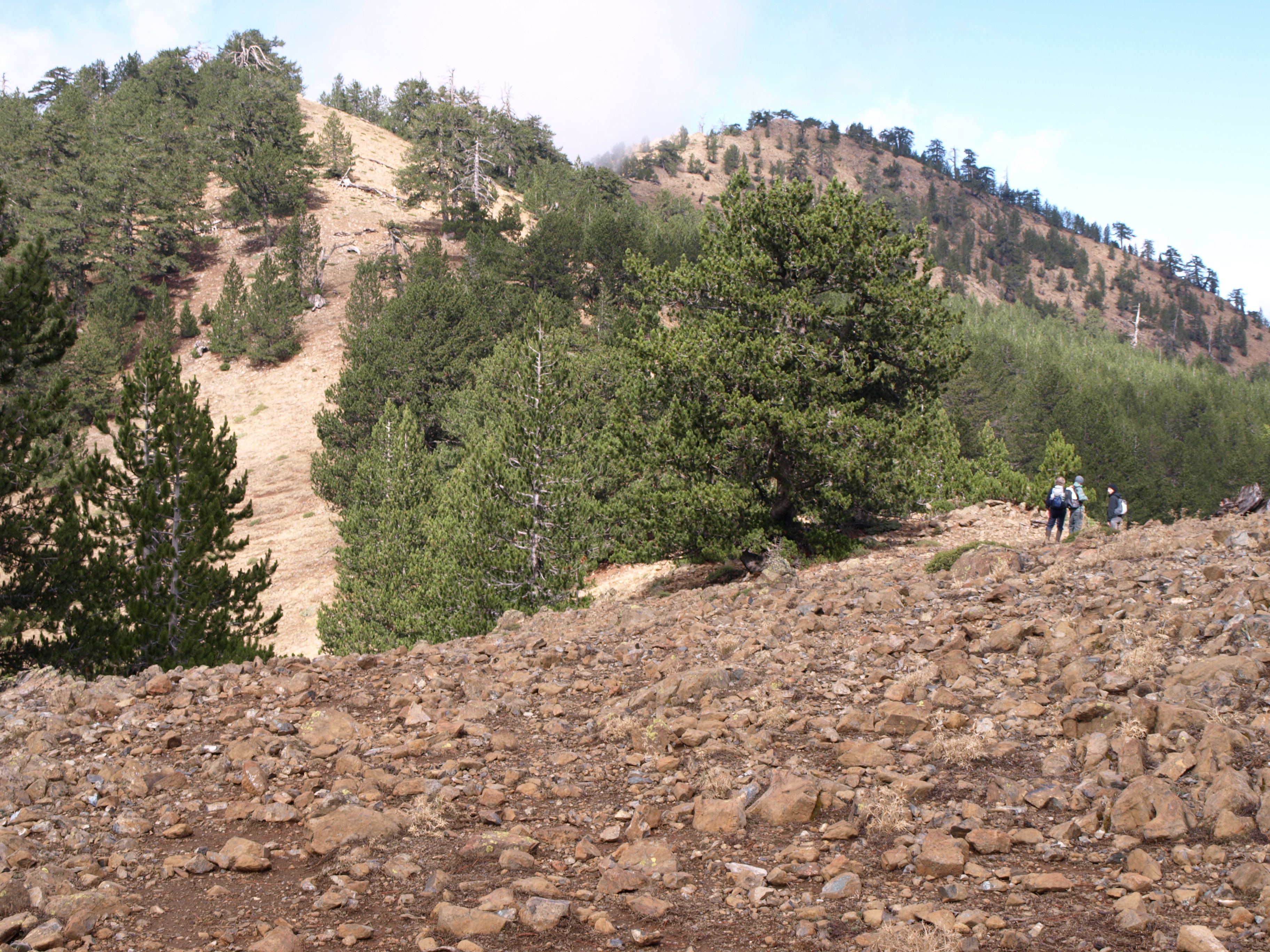
When the research project began in 2002 at Smolik, in the wider Samarin region, none of the archaeologists and scientists who planned it had any idea what they would find: thousands of stone tool remains belonging to Neanderthals, the most closely related species. person.
The event was impressive. And dating – about 60,000 years before today – and the abundance of finds included the Samarin region on the “map” with the most important places of the Middle Paleolithic.

At the same time, they laid the foundation for Alpine archeology, an archeology of mountainous regions that has disappeared from Greece to this day.
This archeology is also presented in the documentary “Alpine archeology of Smoliki”, which was carried out within the framework of the Research Program “Prehistoric research of AUT in the northwestern part of the Prefecture of Grevena – recording of Paleolithic sites and finds”. in the Samarina area” and which was recently shown in the competition section of the Greek Documentary Film Festival in Chalkis.
From one surprise to another
“When the research began, no one believed that there were archaeological remains at high altitudes that could be described as mountainous and even alpine, that is, at altitudes exceeding 1600 m,” says Nikos Efstratiou, professor of prehistoric archeology, APE- MPE in AUTH. and head of the research program.
The research proposal was made by his friend and colleague Miltiadis Papanicolaou, professor emeritus at AUTH, who hails from the area.
“A strange challenge and especially the results of research that started gradually, because I did not have experience working at high altitudes, like many archaeologists in Greece who do not deal with archeology of the highlands. I collaborated from the first moment with two Italian colleagues, prehistoric archaeologists with experience in the Alpine regions of Italy, Prof. Paolo Biagi of the University of Venice and Elisabetta Starnini, today a professor at the University of Pisa. . So when we started researching and trying to locate the area, we were surprised at the first finds that started coming in, and they were all superficial,” he adds.

Walking along Smolikas, through mountainous regions and alpine lakes, at altitudes often exceeding 2000 m, researchers began to stumble upon many archaeological finds, mostly stone tools.
“We found them on the surface, in the area, and this is the main thing, where the visibility is very good. That is, there are no forests and dense vegetation here, because we are talking about alpine areas in which trees do not grow above a certain height. And this was especially favorable for us, because, walking around these places, we could find, see, understand and collect stone finds. It was the only surprise,” N. Efstratiou explains to APE-MPE.
Their timing was another surprise. “These are stone tools – blades, spikes, rods – which, according to manufacturing technology and typology (belong to the Levallois-Mousterian tradition), belong to the Middle Paleolithic, i.e. date back to about 80-60 thousand years from today. These tools were made not modern man Homo sapiens, but Homo sapiens neanderthalensis, our closest relative in terms of the biological evolution of the human race,” he emphasizes.
The research covered tens of kilometers in this area of the Pindos, the finds were recorded with absolute accuracy using modern technology (GPS), as well as the points from which they were collected.
“We found several sites, that is, places where these groups of Neanderthals stopped from time to time to make tools. These points have been preserved because there is no development in the bad sense of the word, i.e. construction activity and destruction of the landscape, and hence the archaeological layers. The territory remained as it was thousands of years ago, and this was especially positive, because it allowed these places to survive,” the APE-MPE interlocutor notes.
For several years, the researchers climbed to heights reaching 2300 m. “Even there were finds!” N. Efstratiou emphasizes and, in general, clarifies the explanation of the “phenomenon”.
“We think that because the climate in Europe started getting colder, at some point these groups of Neanderthals moved south to survive. Because we are not talking about stationary installations, but about groups that were constantly on the move in order to hunt or search for raw materials for the manufacture of their tools. In other words, we are talking about hunter-gatherers. Thus, it seems that they reached the region of Greece and the region of Samarin, which is a particularly important geographical point, a crossroads. It is no coincidence that today the Vlach groups living in Samarina chose this place,” adds N. Efstratiou, referring to another interesting parameter of the study – ethnographic.
“Thanks to a controlled similar connection, we can use Vlach nomadic pastoralists and modern hunters in the Samarin region and observe what they do today, which areas they move to, where they look for prey … ‘the working hypothesis took place and 60,000 years ago from today ? This is also one of the areas of research,” he emphasizes.

Most of the archaeological evidence concerns Neanderthals. However, stone tools from later periods have also been found, and there are finds from the Bronze Age, around 3000 BC, but also later. However, most of the finds belong to the Middle Paleolithic.
Did these hominids coexist with members of our species? “That’s a big research question. Of course, the research right now is about the coexistence of Homo homo sapiens and Homo neanderthalensis, and not only coexistence, but also reproduction. Bones have been found in Spain that show that these two species interbred. However, what we considered on over the years, and more or less true to this day, is that Neanderthals lived in the region of southeastern Europe for tens of thousands of years and at some point they were replaced by Homo homo sapiens for some reason, that is, our boss ” , Mr. Efstratiou explains.
Another interesting element of the study is the presence in the area of glacial deposits, known to geologists as moraines, which are formed during the movement of glaciers.

“These are conical formations of large stones that have various breaks, breaks. That is, ice and low temperatures during the ice ages of the planet in Western Macedonia, and certainly before the peak of the Last Ice Age, 20,000 years before today, crushed stones, forming sharp corners. We are preparing a large scientific article, which will discuss the relationship between the glaciers of the region and the finds. I think it will be very interesting,” notes N. Efstratiou, who also points out the importance of the Bronze Age finds.
“We have identified archaeological sites, possibly farms, which we believe were part of the Bronze Age “seasonally mobile pastoralists.” For many years there has been great controversy as to the timing of the start of this seasonal movement, known as the “transitional herd” of people and herds. So, we have found places that we think should be included in this network of movements – which means that they probably began with the Bronze Age, 4000 BC. and then, that is, much earlier than many of us thought,” he notes.
The future of Alpine archeology in Greece
And what about the future of Alpine archeology in Greece? If research is carried out in other mountains of the country, will similar finds be found there? “I’m not sure,” the professor answers us.
“Archaeologists should be involved in field research. Only if you go to a mountainous place, only if you are “Etherobamian” and decide to explore, for example, the Pieria or Rhodope mountains, and based on international experience in locating places – after all, these hominids were not naive, they wanted areas where there was game, water and raw materials for the manufacture of their tools – can be found. Why don’t you imagine that the natural environment has changed a lot in these thousands of years. The riverbeds may have shifted somewhat or the morphology of the plains may have changed due to flooding and accumulation of materials, but nothing that would indicate dramatic geological changes has occurred,” N. Efstratiou concludes.
Finally, he thanked the Ephorate of Antiquities of Grevena and all the agencies that helped with the study, which is now in the process of studying and publishing the results, as well as all his staff who, in often adverse weather conditions and in the midst of a pandemic, conducted field research.
Source: Kathimerini
Ben is a respected technology journalist and author, known for his in-depth coverage of the latest developments and trends in the field. He works as a writer at 247 news reel, where he is a leading voice in the industry, known for his ability to explain complex technical concepts in an accessible way. He is a go-to source for those looking to stay informed about the latest developments in the world of technology.